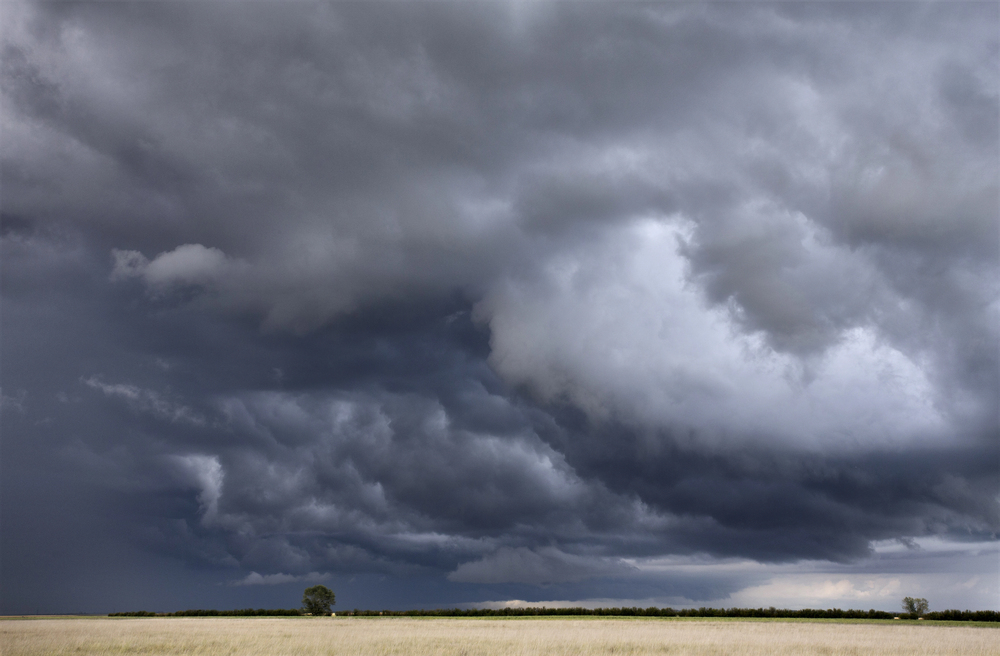5 Tips for Clients After a Tornado

By: Joel Stinson
In April, tornadoes in Mississippi, Alabama and Louisiana caused catastrophic damage to homes—between 200-300 homes in one city alone—and at least seven deaths, a reminder of the devastation and havoc that these twisters wreak.
1) Mitigate further property damage. Advise clients to take measures to protect their property against further damage if possible, and to document all damage done before mitigation begins.
“Protective measures include putting a tarp over the roof and boarding up windows. Be sure to keep receipts for any measures taken to protect the property,” says Jana Anderson, RPS area vice president and broker/underwriter, Oklahoma, who speaks from experience, as her home was destroyed by a tornado in the past.
2) Report claims immediately. “Obtain loss details from the insured, including contact information, known damages and, if more than one property is involved, clearly document this on the loss notice,” explains Midge Chagnard, RPS national claims manager. “File the claim immediately and advise the insured when the claim was filed. If possible, provide the claim number, adjuster information and next steps.”
3) If the home is uninhabitable, explain how loss of use coverage works. Talk to your client about moving into a hotel or a comparable temporary house. With a homeowners policy, the client will have loss of use coverage to help pay for additional living expenses.
“Explain how the coverage works and that the client should keep all receipts including hotel room and restaurant charges. In some cases, the relocation period can last for months while the home is rebuilt or a new home is purchased,” says Anderson. “In my family’s case, it took 10 months before we were back home. We needed to find a temporary house in the same school district so my son could ride the bus to and from school.”
Patti Ford, RPS senior underwriter/broker, Oklahoma, whose house was also destroyed by a tornado, stresses how important it is to underscore that insureds should begin looking for relocation options immediately, particularly if an area is hard-hit, as lodging fills up quickly.
“You have to find new lodging until the claims are paid and new homes could be built or bought,” she says. “This was difficult in my situation because thousands of homes were lost so lodging was scarce. A local agent can be a valuable resource in this area.”
4) Claims adjustor should visit the property before the restoration company. Anderson recommends that, if possible, clients should arrange for the restoration company to enter the damaged house or garage after the claims adjustor has been to the home.
“This will make the initial inventory process for the adjustor much easier—depending on how much damage the home has sustained,” she explains. Prior to the restoration process, insureds should get rid of anything they don’t want.
5) Use trusted contractors. Catastrophic events can bring out unscrupulous contractors ready to take advantage of victims looking to put their lives back together. Reinforce to clients the need to use local, licensed, bonded, and insured contractors.
Tell clients to keep a log of all communications with the contractor and document the repair work as frequently as possible. They should ask for and check the contractor’s references. The contractor should be aware of how insurance claims are handled and be prepared to accept payment as it comes in from the insurance company.
Joel Stinson is Risk Placement Services area president for Oklahoma. This article was originally published by RPS.










